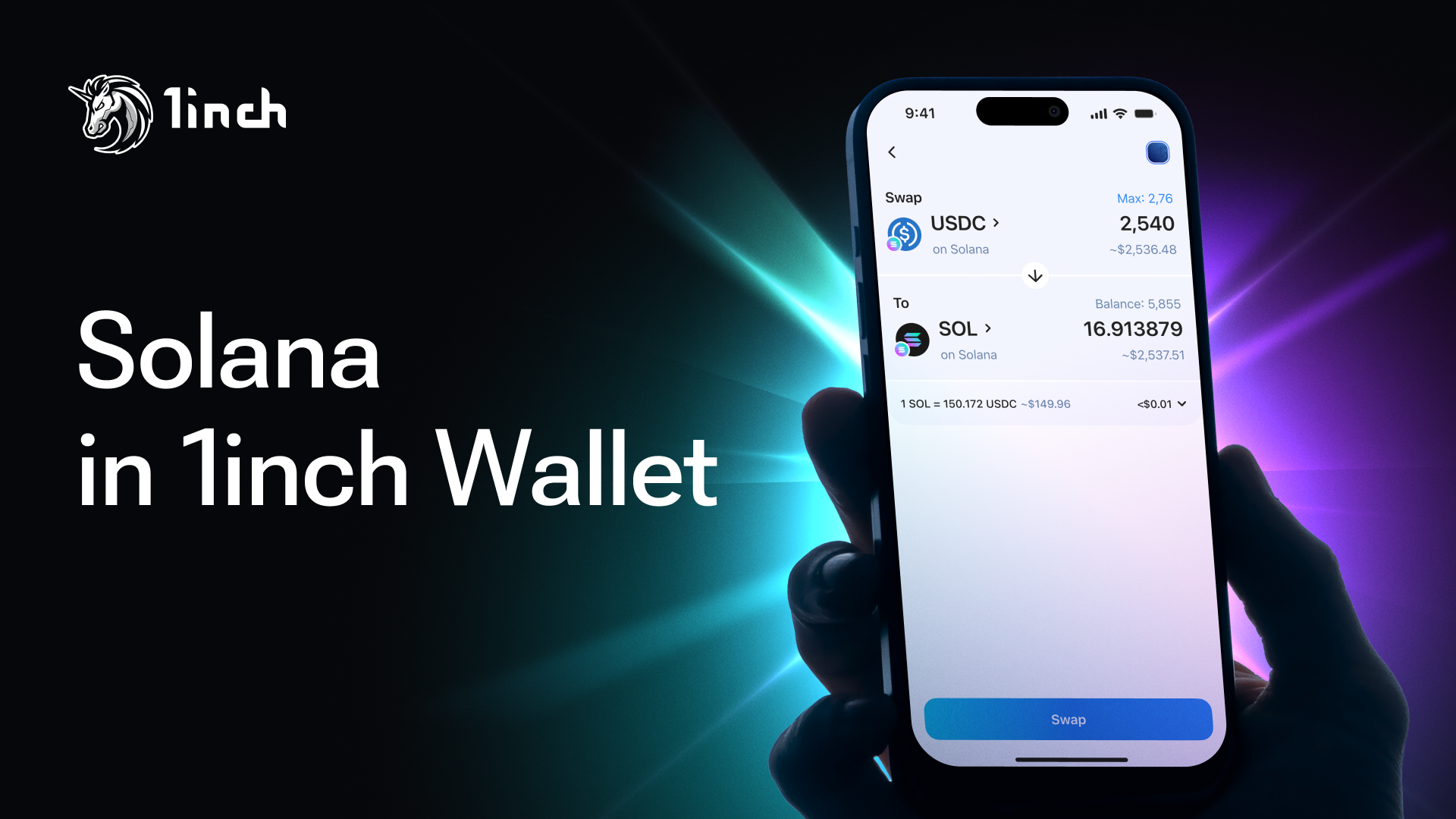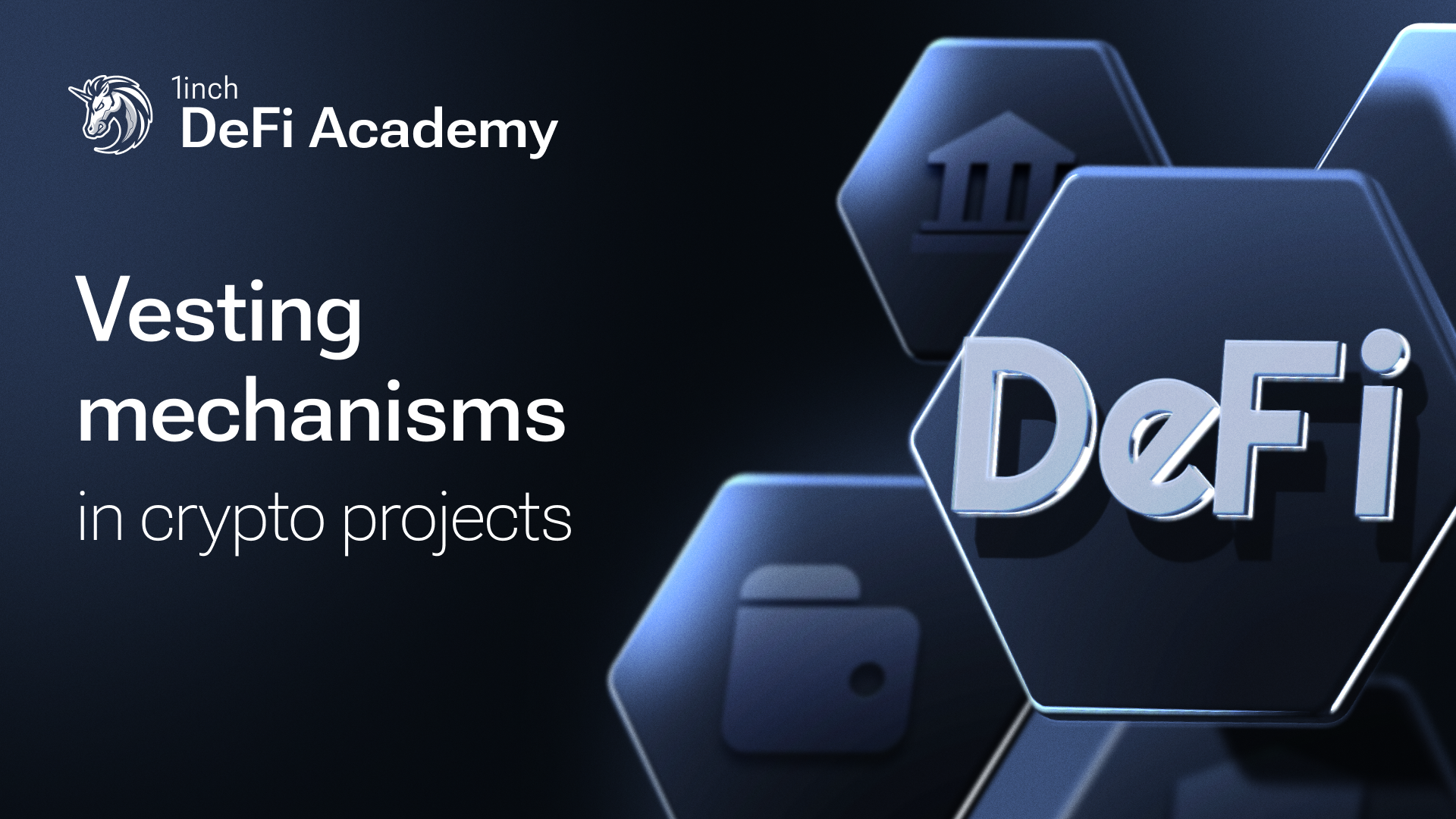The most common types of MEV and protection from toxic strategies

MEV can be an effective mechanism for making profits in DeFi, but often, profits come at the expense of other users.
Key takeaways:
MEV refers to the maximal extractable value generated from reordering transactions within a block. While MEV originally stood for “miner extractable value,” after last year’s Ethereum Merge, which replaced miners with validators, the term was changed to “maximal extractable value.”
Understanding MEV: how does it work?
Block builders benefit from “priority” fees users are willing to pay to speed up their transactions. Meanwhile, so-called searchers can detect potentially lucrative transactions that could impact a crypto asset’s value, bringing them a profit. Then, they pay extra in order to slip in their transactions early in a block. Potentially vulnerable transactions could be detected in the mempool, the node’s holding area for submitted and unconfirmed transactions before they are added to a block. Those pending transactions, especially large ones that can potentially move market prices and create arbitrage opportunities, can become a target for malicious searchers.
On the one hand, MEV is an integral part of DeFi’s market environment and could be used for healthy profit strategies, as long as other users are not harmed. At the same time, when searchers take advantage of MEV opportunities in a toxic way, it can lead to other users’ losses, as well as increased transaction costs and other negative consequences.
Overall, MEV scenarios could be divided into those based on the source of extraction (DEX arbitrage, liquidation) and on the type of implementation (generalized front-running, front-running, back-running and sandwich attacks).
Examples of MEV sources
DEX arbitrage
The price of the same crypto asset can vary across different DEXes, and an arbitrageur, while simultaneously buying and selling on various markets, profits from the price difference. Basically, arbitrageurs are simply relying on natural price fluctuations. Meanwhile, front-running also happens in arbitrage. For instance, a searcher bot can find a pending transaction and insert its own transaction in front of it to extract the value offered by that arbitrage opportunity. A searcher can also create an artificial arbitrage opportunity by reordering transactions on a liquidity pair before a back-run (described below).
Liquidation
When a user takes out a collateralized loan, and, due to crypto volatility, the collateral’s value later falls below a specified figure, the liquidation of the loan takes place: the smart contract sells the collateral to cover the debt and allows any user to buy it. A MEV opportunity occurs when such a transaction is identified. A searcher’s liquidation transaction is inserted in the block before all other transactions, enabling the searcher to buy the liquidated collateral at the most advantageous price.
Also, when a trader tries to re-collateralize their loan, the transaction can be censored in the process of adding funds. At the same time, the liquidation might still continue allowing searchers to buy the original collateral at a discount.
MEV types
Generalized front-running
Searchers use mempool-tracking bots to identify profitable transactions. An attacker then replaces the address of a potentially profitable transaction with their address and checks whether it is lucrative by running the transaction locally. If the result is favorable, the transaction with the replaced address will front-run the original transaction by setting a higher gas price.
Front-running
Front-running occurs when a transaction similar to that made by a user is placed directly before it in a queue to be filled. By doing that, the front-runner impacts the prices of the swapped assets, making a profit at the expense of the victim, who ends up receiving a lower amount of the target token than expected.
Back-running
Conversely, back-running occurs when a transaction is inserted immediately after the target transaction to make a profit from the market fluctuations generated by a large transaction. Although, technically, back-running does not affect other traders, an active use of this tactic can substantially increase transaction fees.
Sandwich attacks
One common form of front-running/back-running is a sandwich attack in which orders are placed before and after a target price-changing transaction, thus taking advantage of price pressure on both sides. The front-run transaction causes the movement of value. The victim’s transaction is executed at a new, less favorable price, and the final transaction captures the price difference, leaving the victim’s transaction front-run and back-run as if in a sandwich.
Pros of MEV
- Profit opportunities. MEV provides additional revenue sources for validators or miners beyond regular block rewards and transaction fees. Hence, there's a greater incentive for them to participate in the network and produce blocks.
- Fostering MEV protection innovation. The search for ways to protect against MEVs has led to various improvements in DeFi development, with the MEV-protected Fusion swaps being one example.
- Alignment with traditional market behavior. Some forms of MEV, such as arbitrage, reflect established market mechanisms where participants profit from price discrepancies across various exchanges.
Cons of MEV
- User losses. MEV can lead to certain users profiting at the expense of others, especially when transactions are front-run or sandwiched, which can be harmful for users.
- Increased transaction costs. As users engage in bidding wars to have their transactions prioritized, this can lead to inflated gas prices and thus higher transaction costs.
- Reduced trust. Knowing that transactions can be front-run or manipulated might reduce trust in the system for regular users, potentially hampering broader adoption of DeFi platforms.
MEV protection with 1inch
While arbitrage and liquidations are generally neutral MEVs, traders can lose the entire amount of slippage tolerance as a result of front-running and sandwich attacks since users’ trades settle at a higher price than expected. 1inch makes sure that traders avoid the risk of being front-run or sandwiched.
In Fusion mode: Fusion swaps are performed by resolvers, with whom transactions are directly matched and then placed in a bundle with other orders to be included in the block. Bots cannot attack Fusion swaps since they are combined with other transactions.
In Legacy mode: Legacy mode does not involve resolvers and the transaction execution process follows a regular scenario. But the 1inch Wallet has long been featuring an opportunity for users to create and sign a transaction without broadcasting it to the mempool, where it could be visible to bots. In late 2022, 1inch’s frontrunning protection was stepped up by the introduction of the RabbitHole feature. With the 1inch RabbitHole, all swap transactions are sent directly to validators, bypassing mempools where sandwich bots could attack them.




























